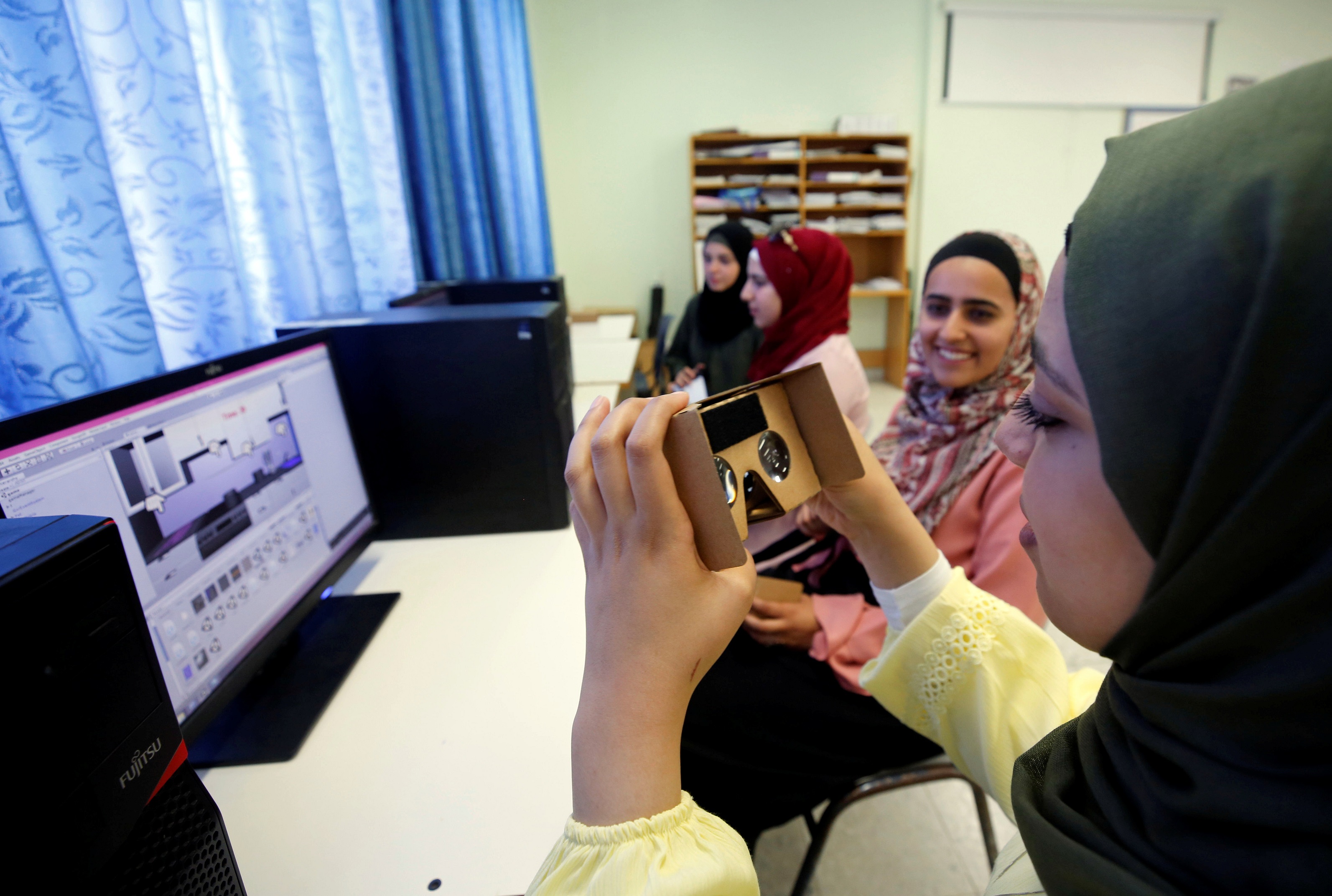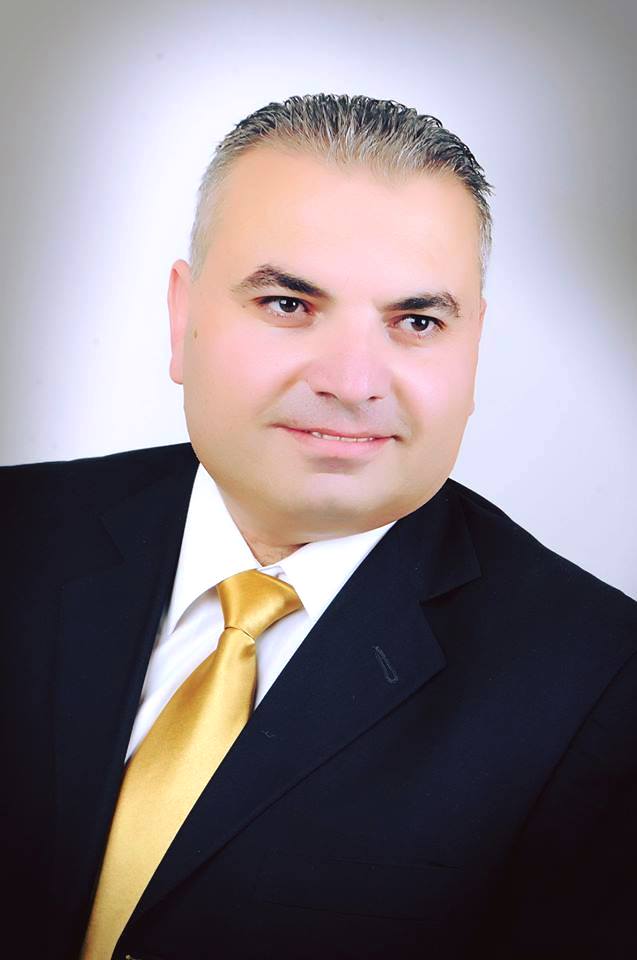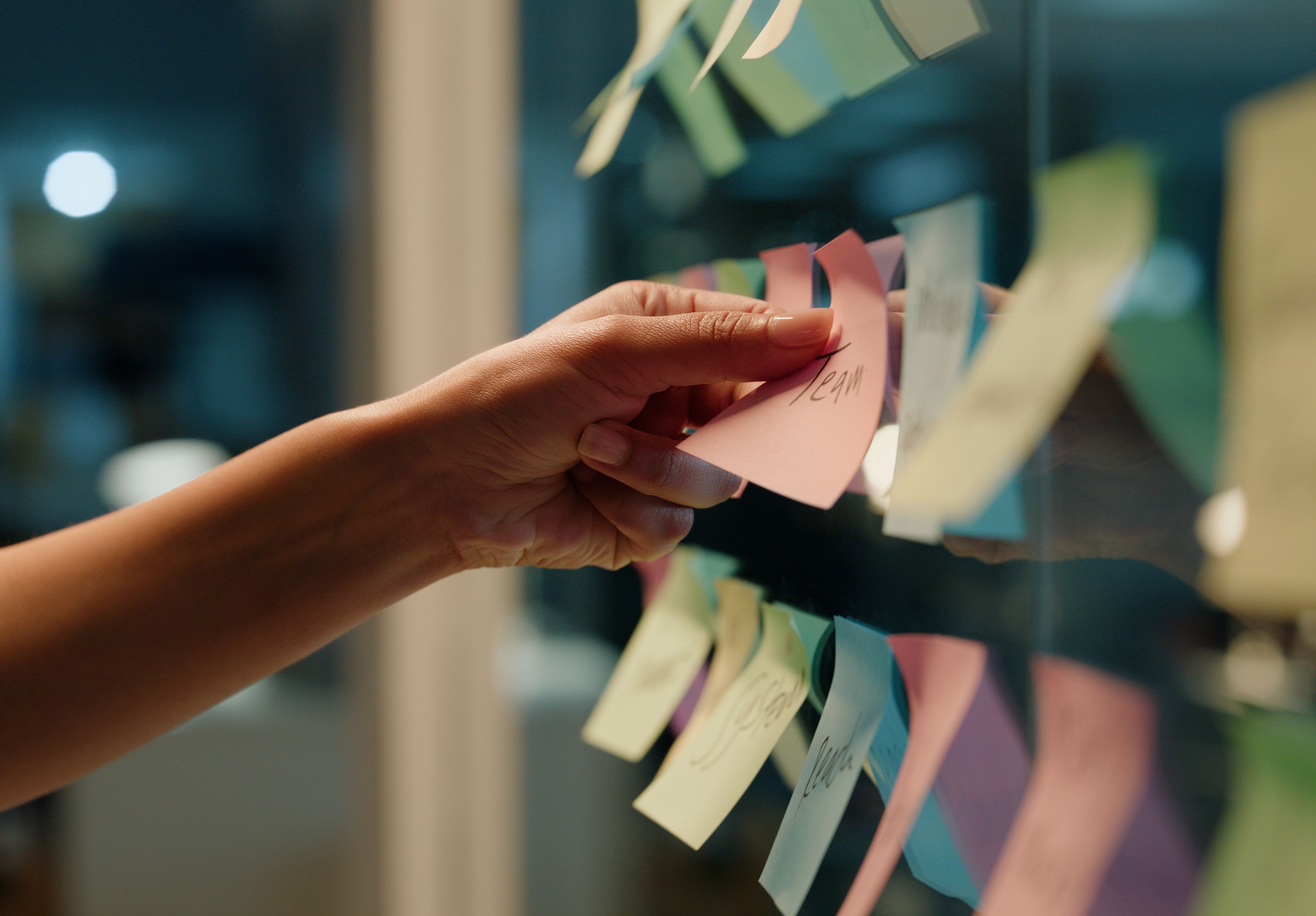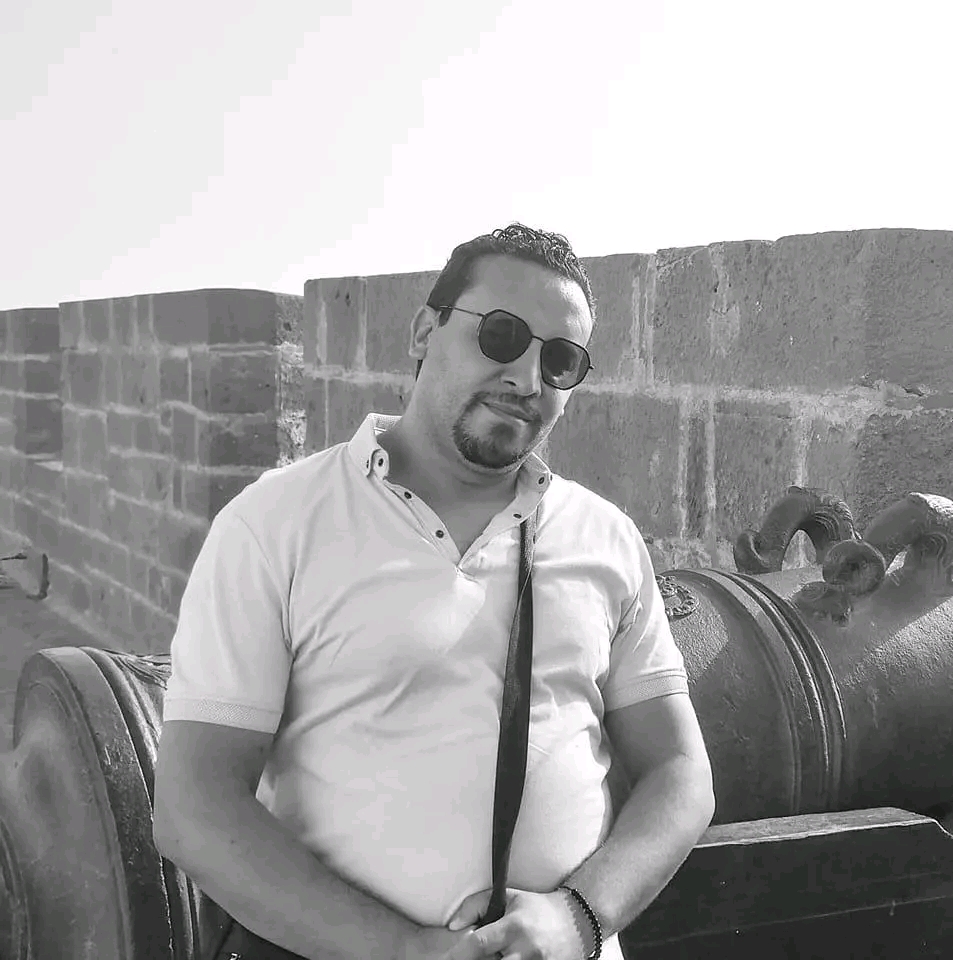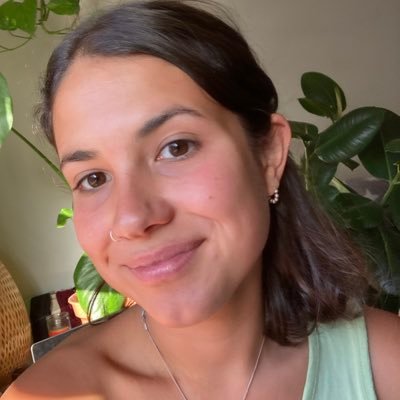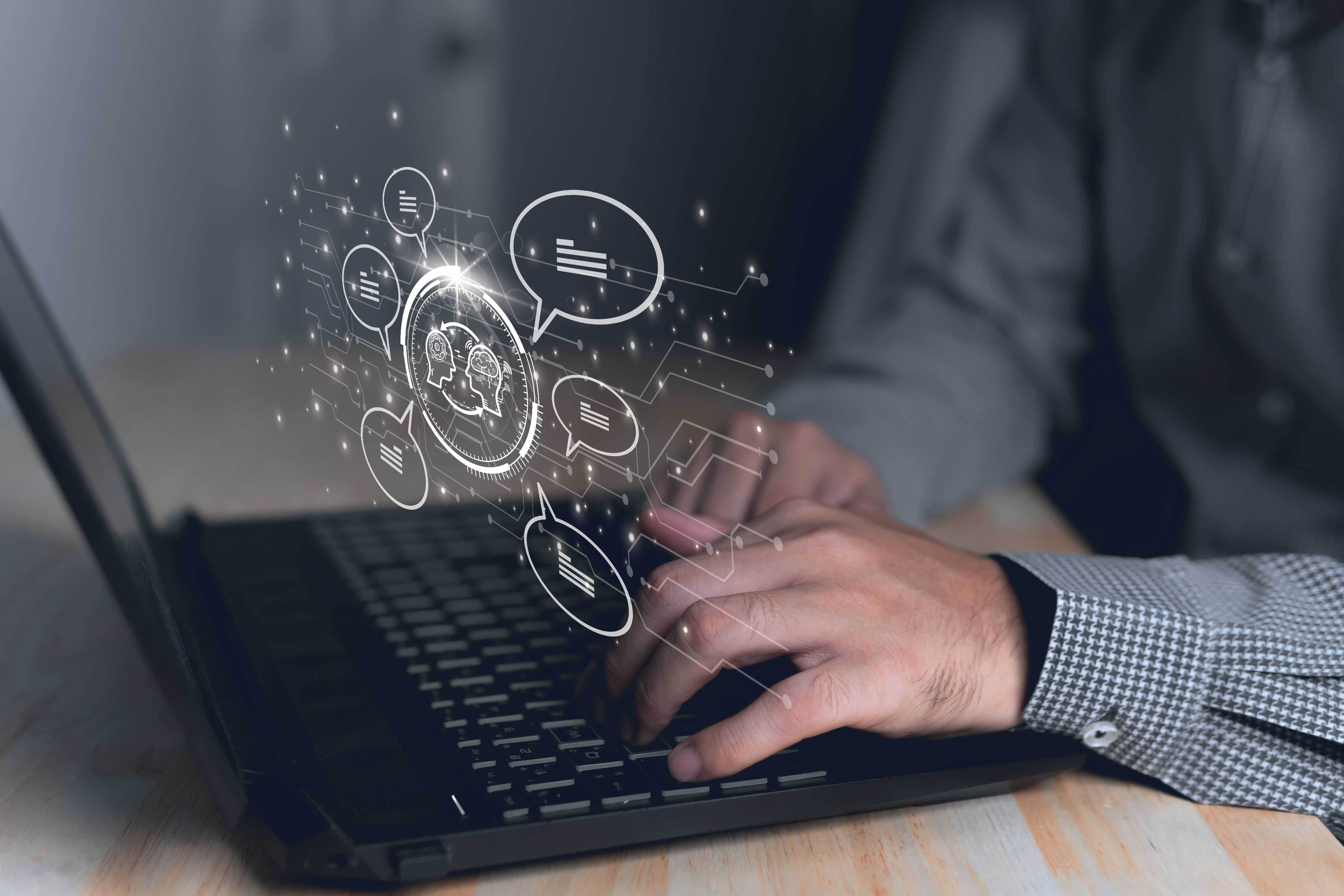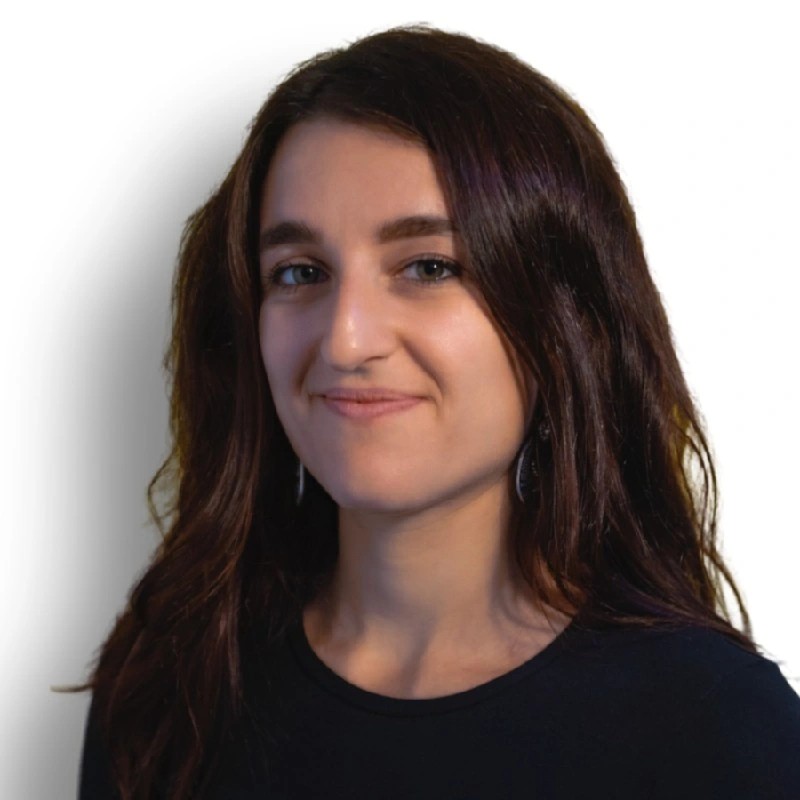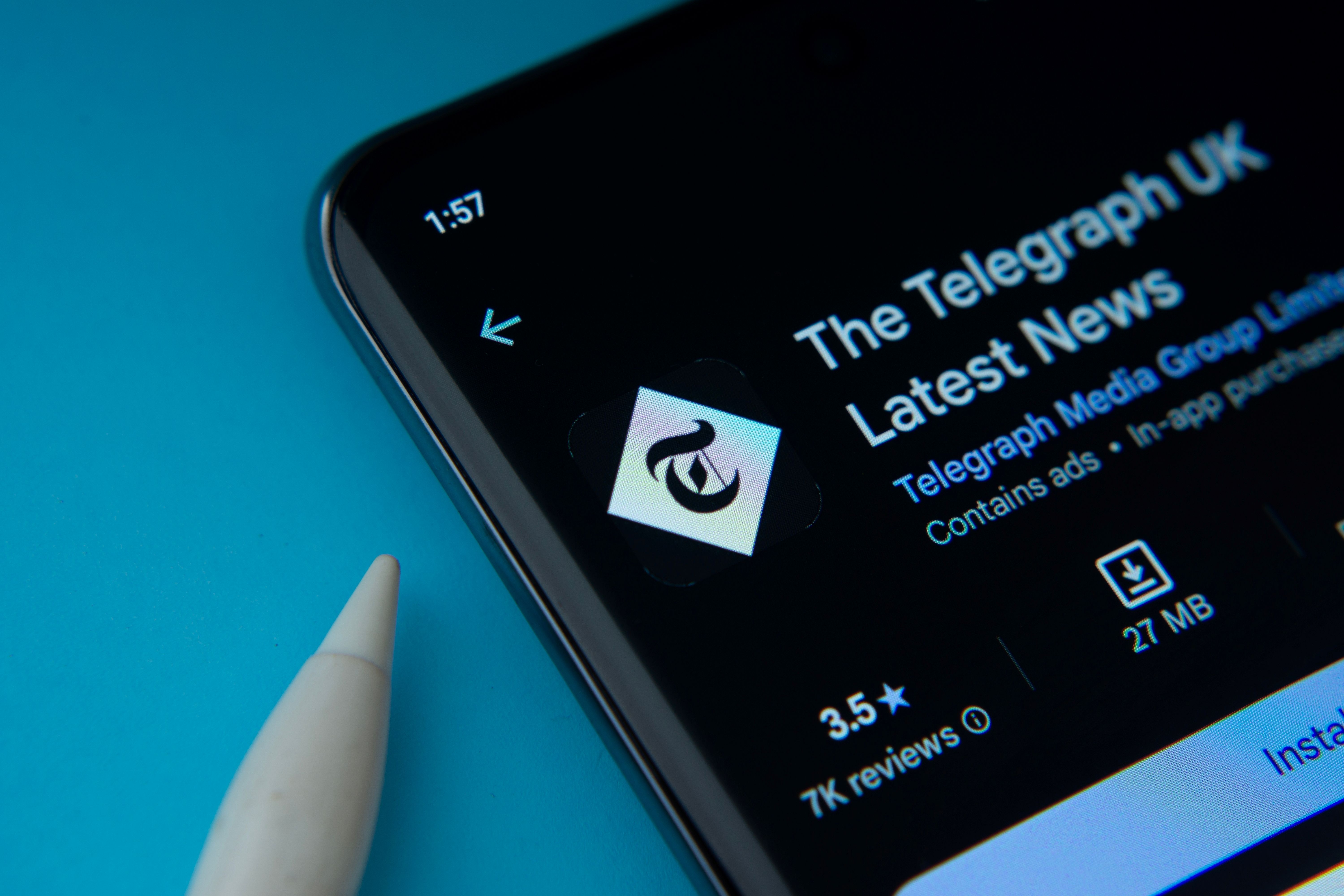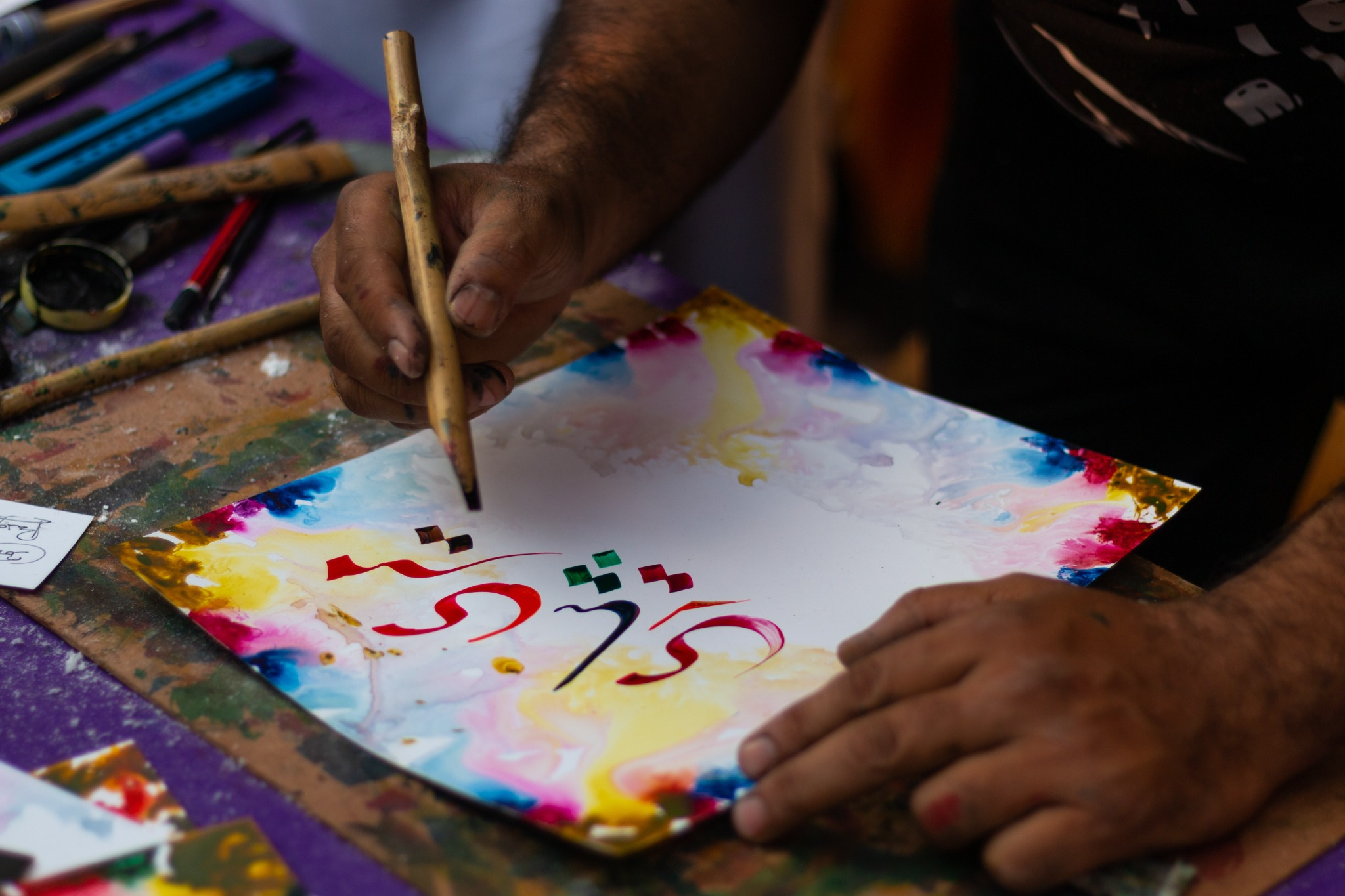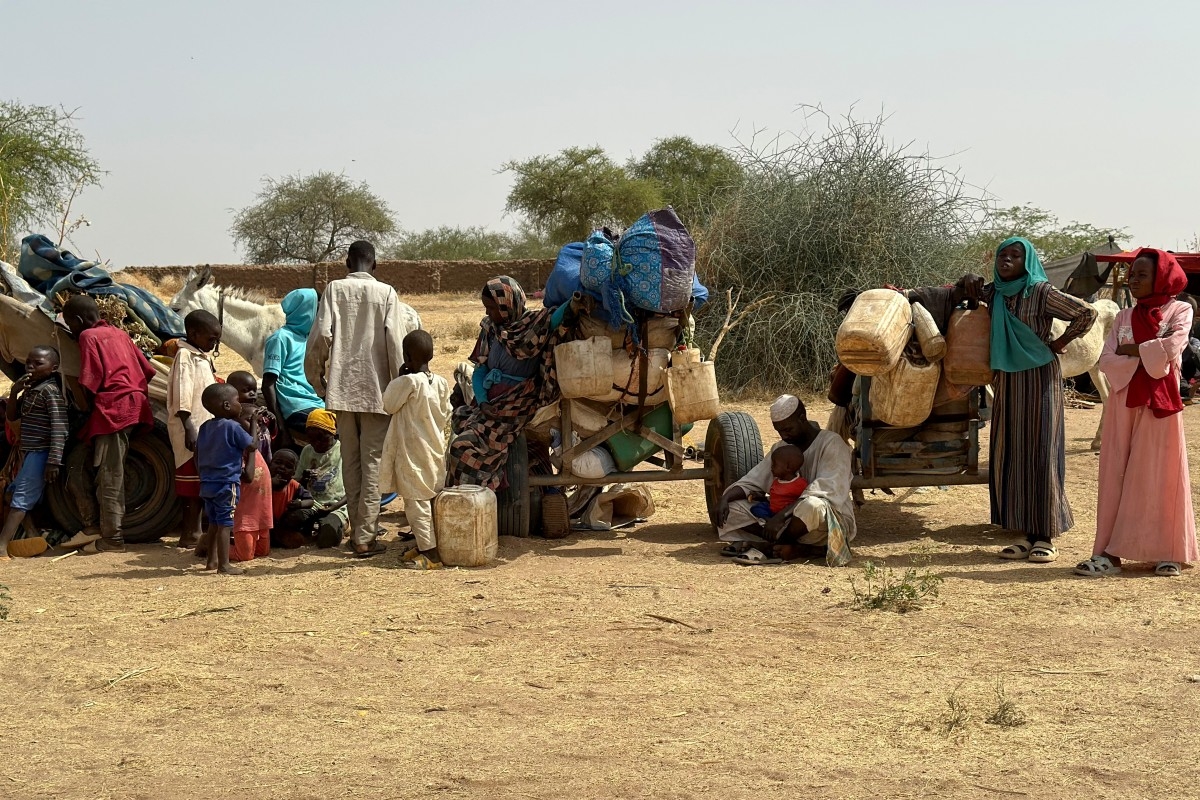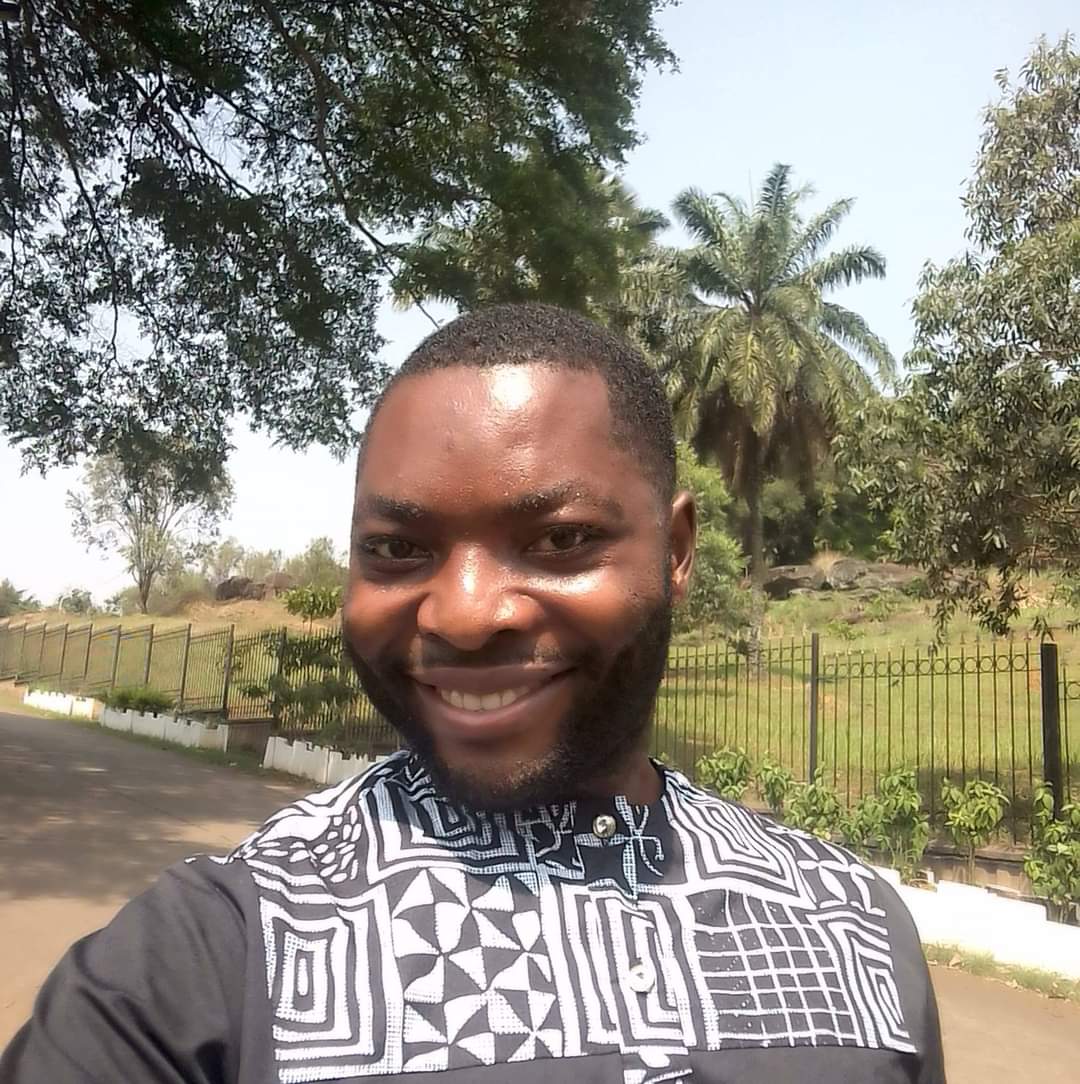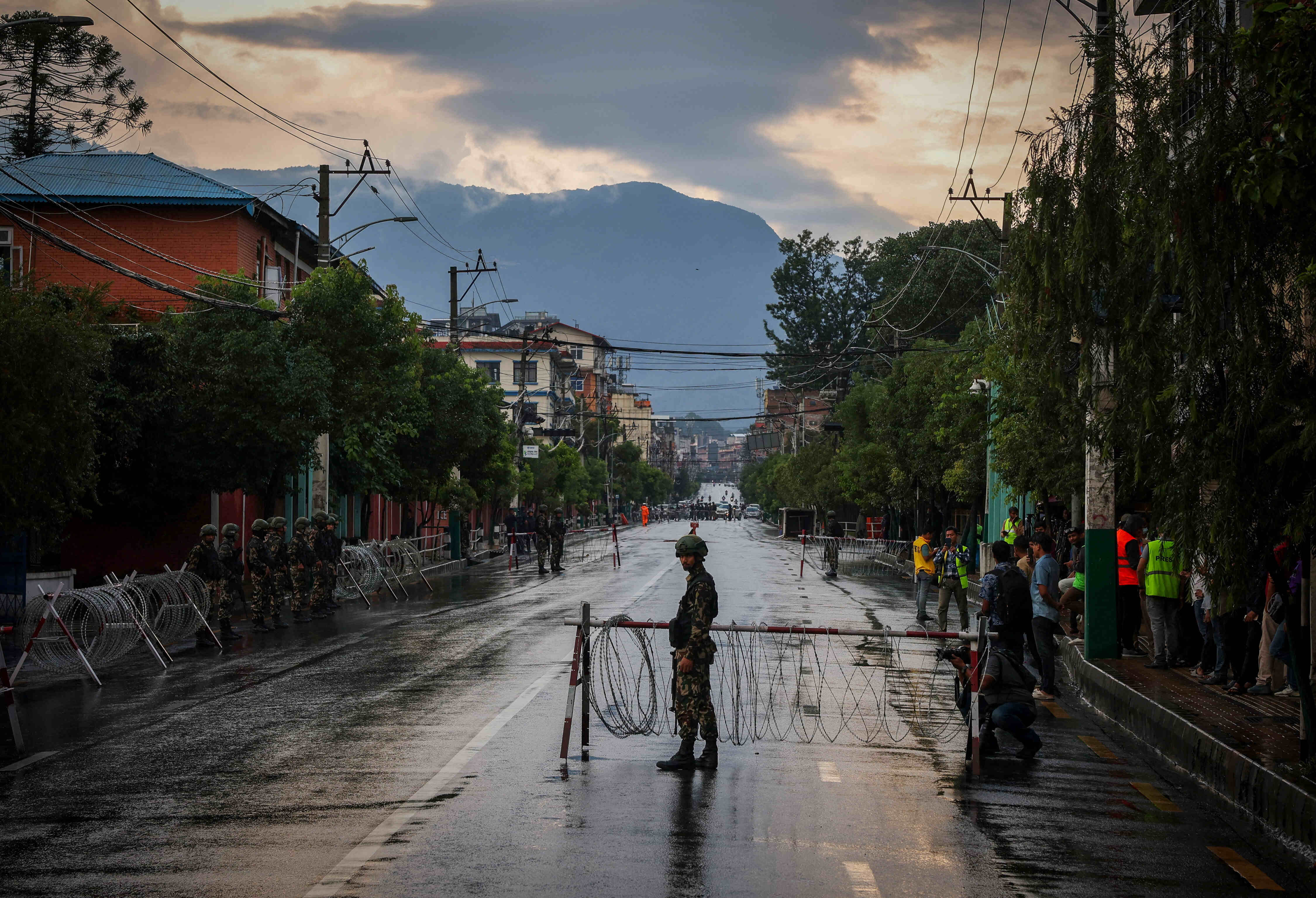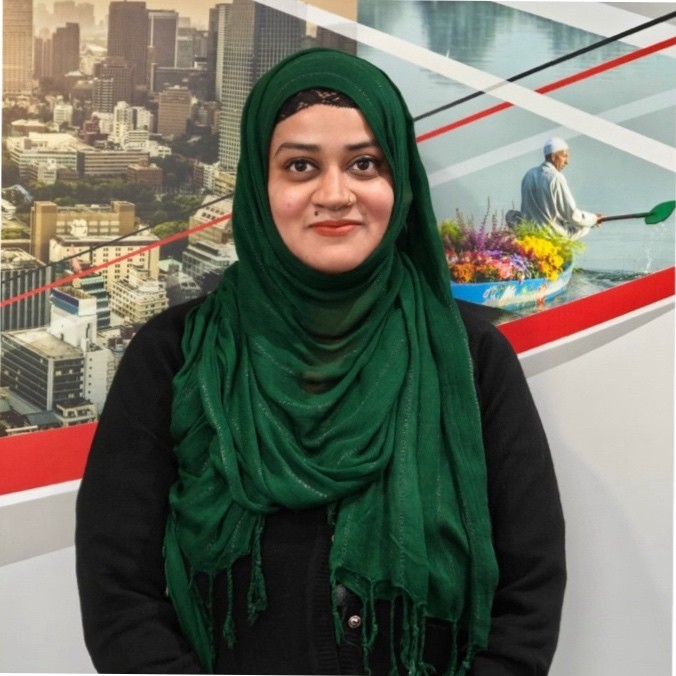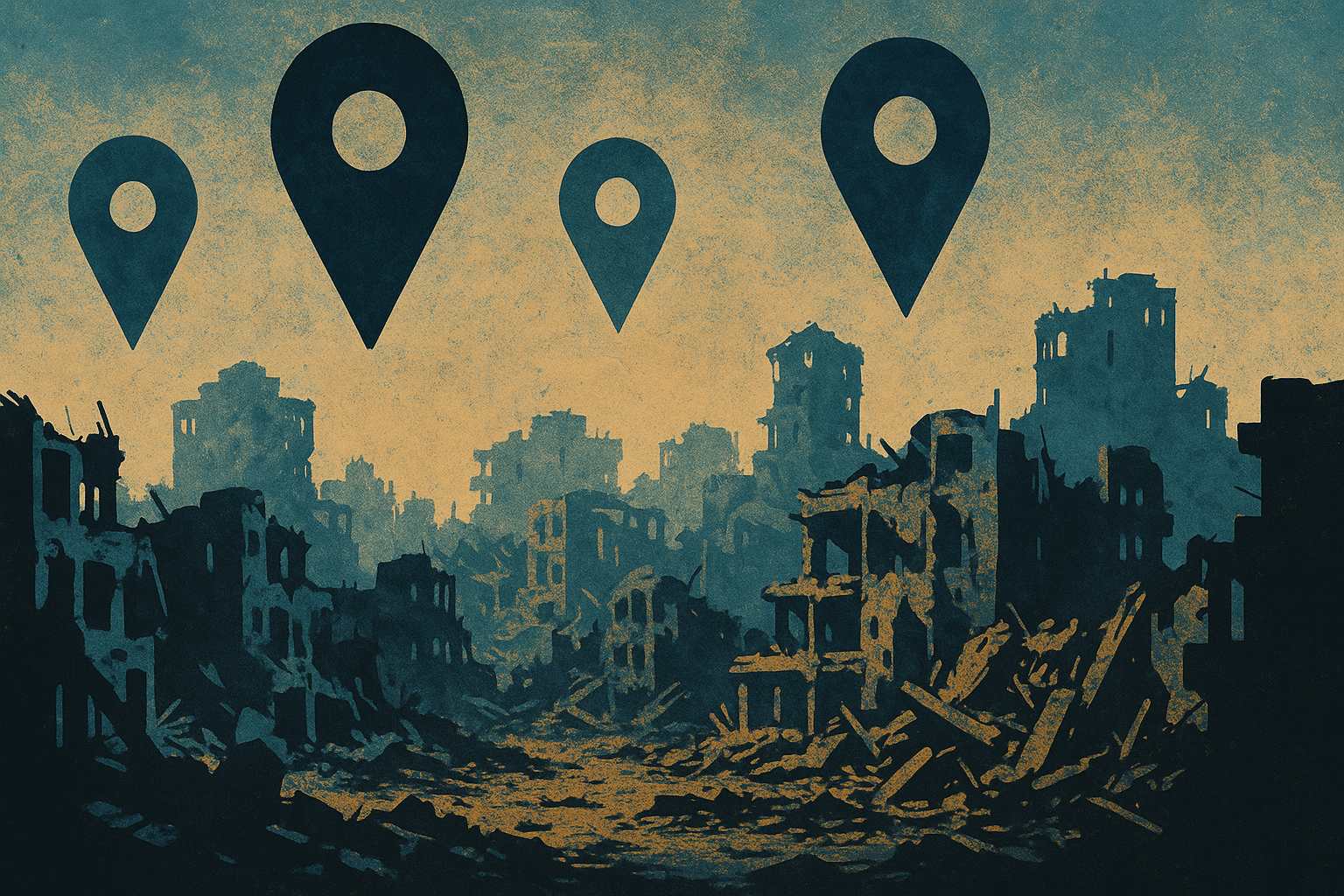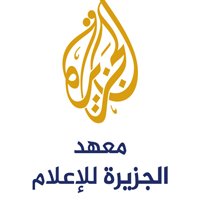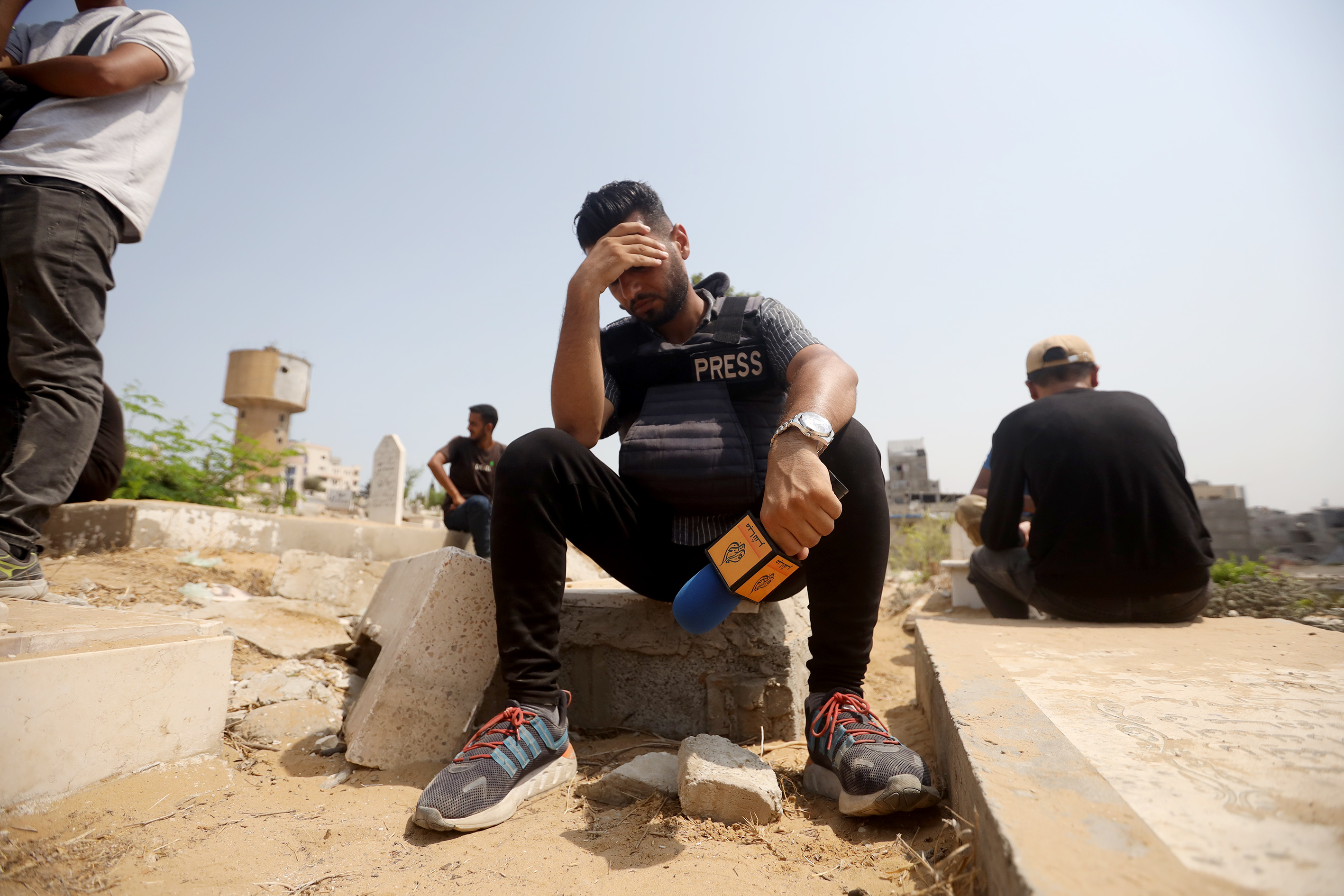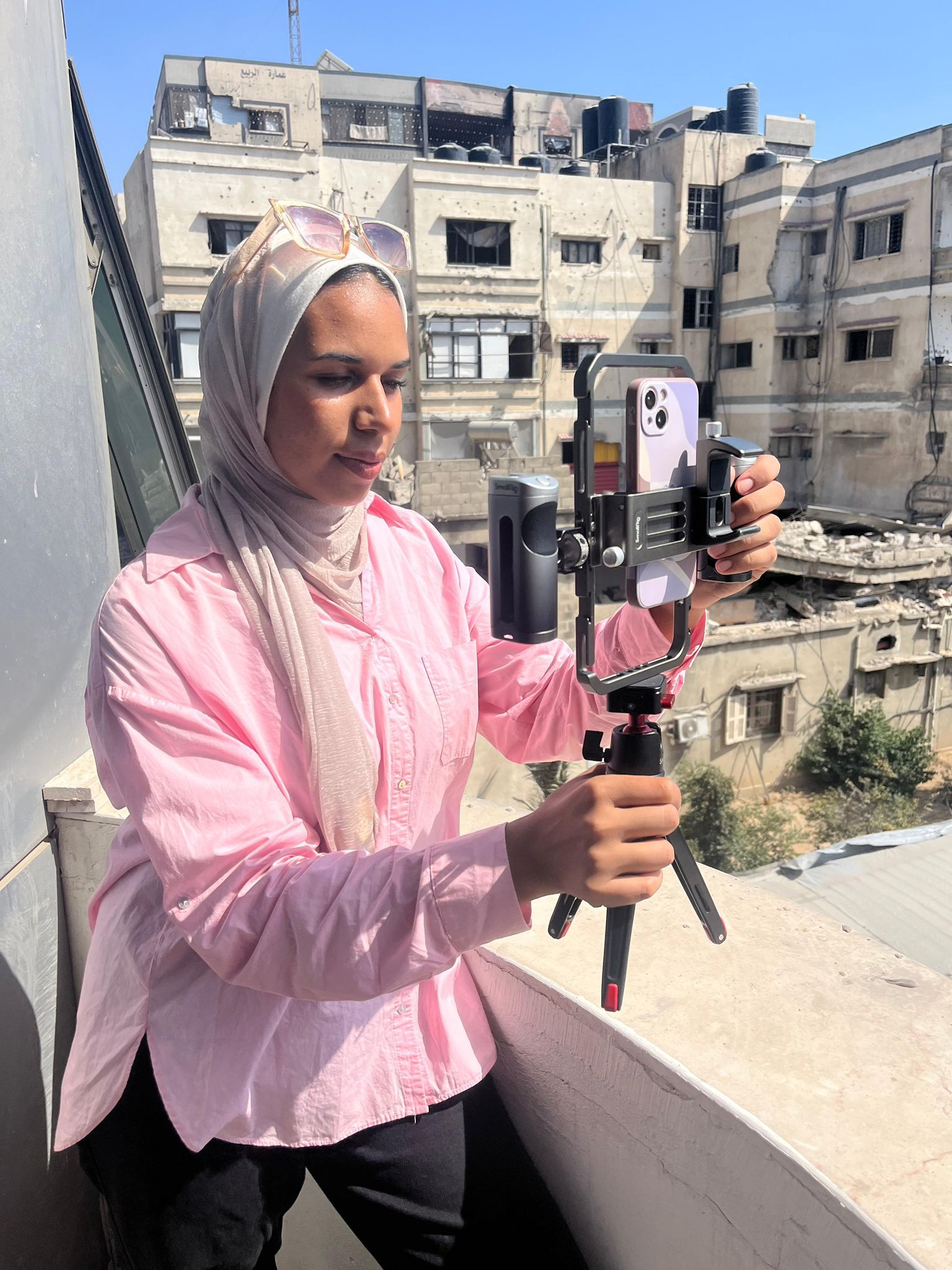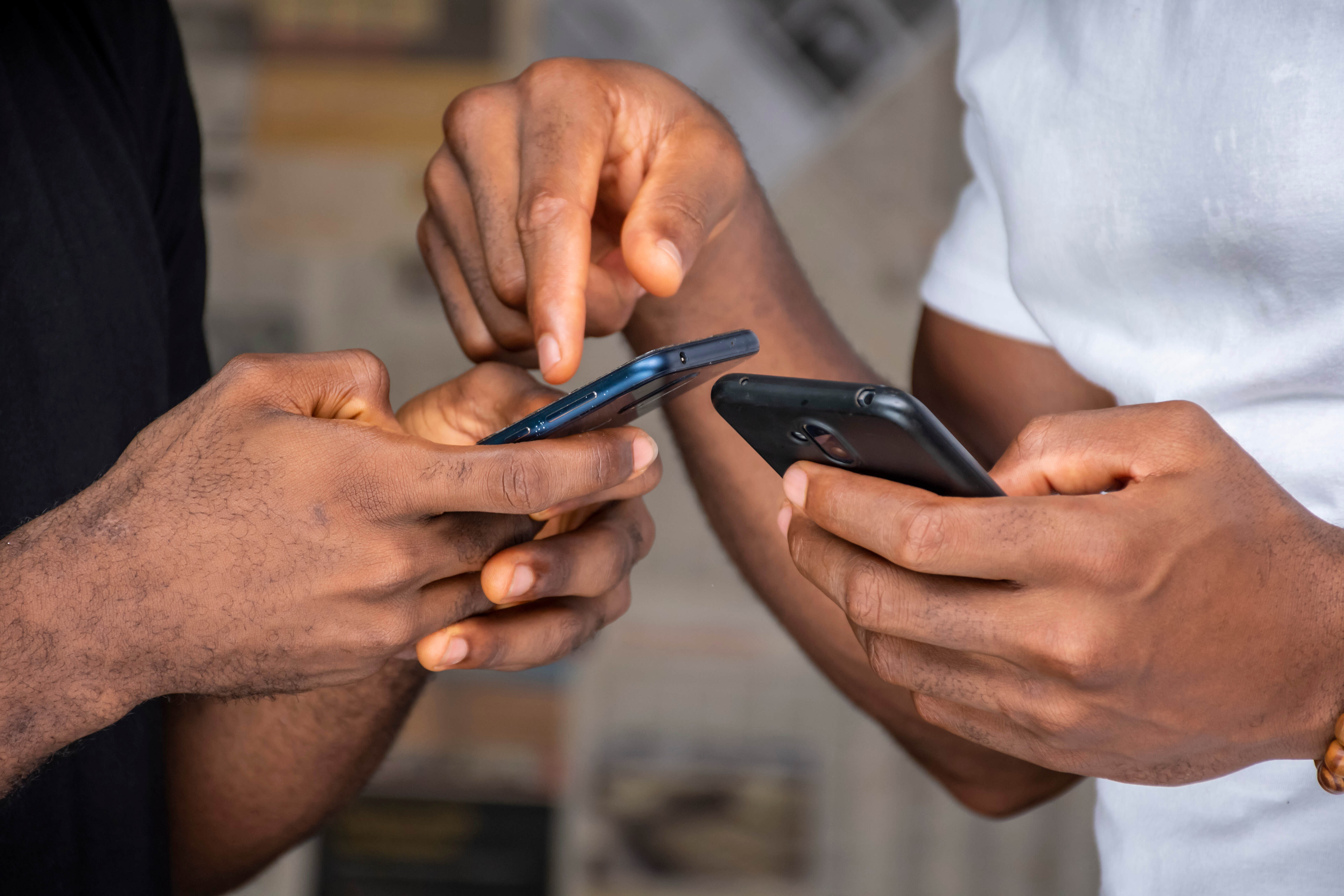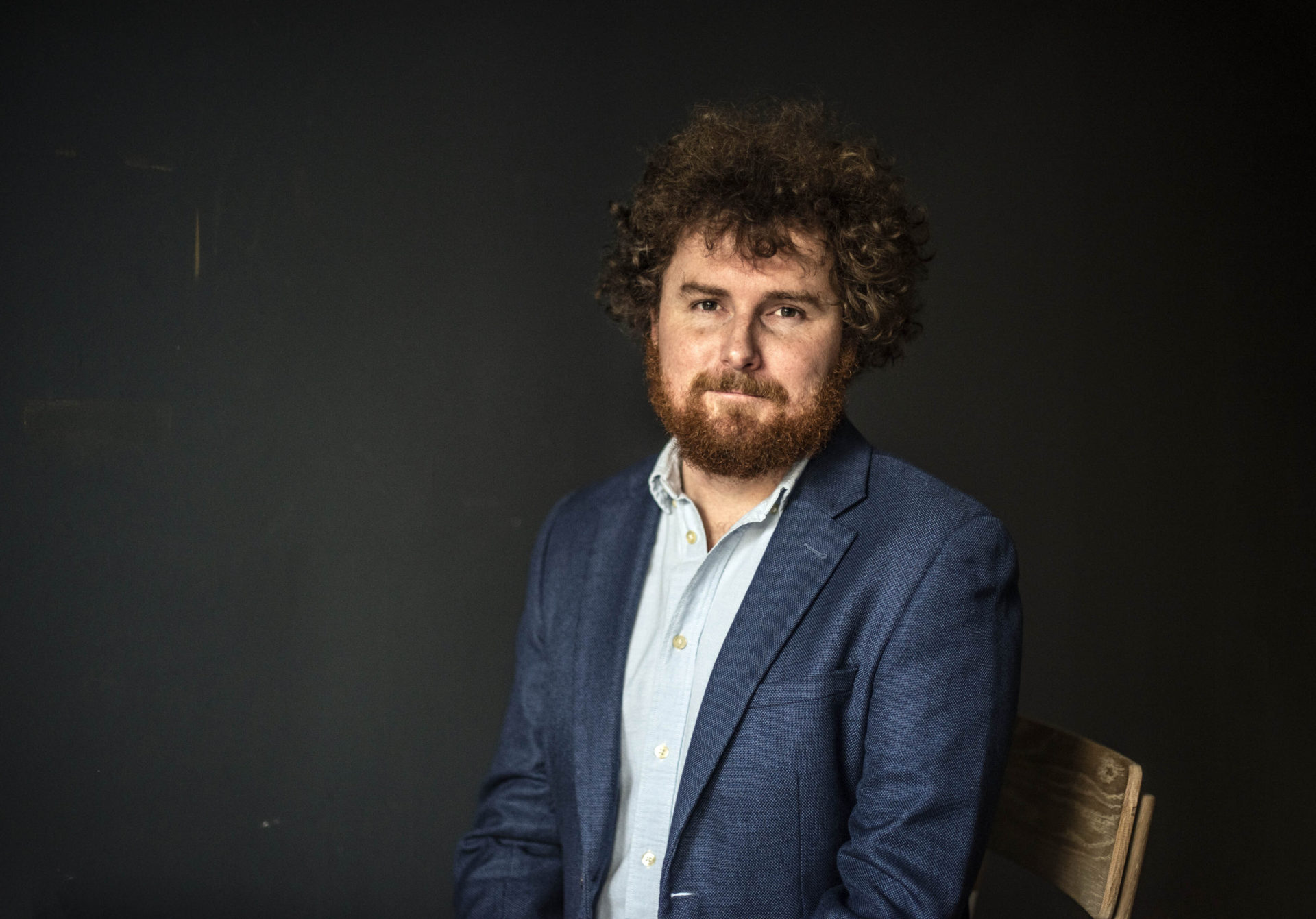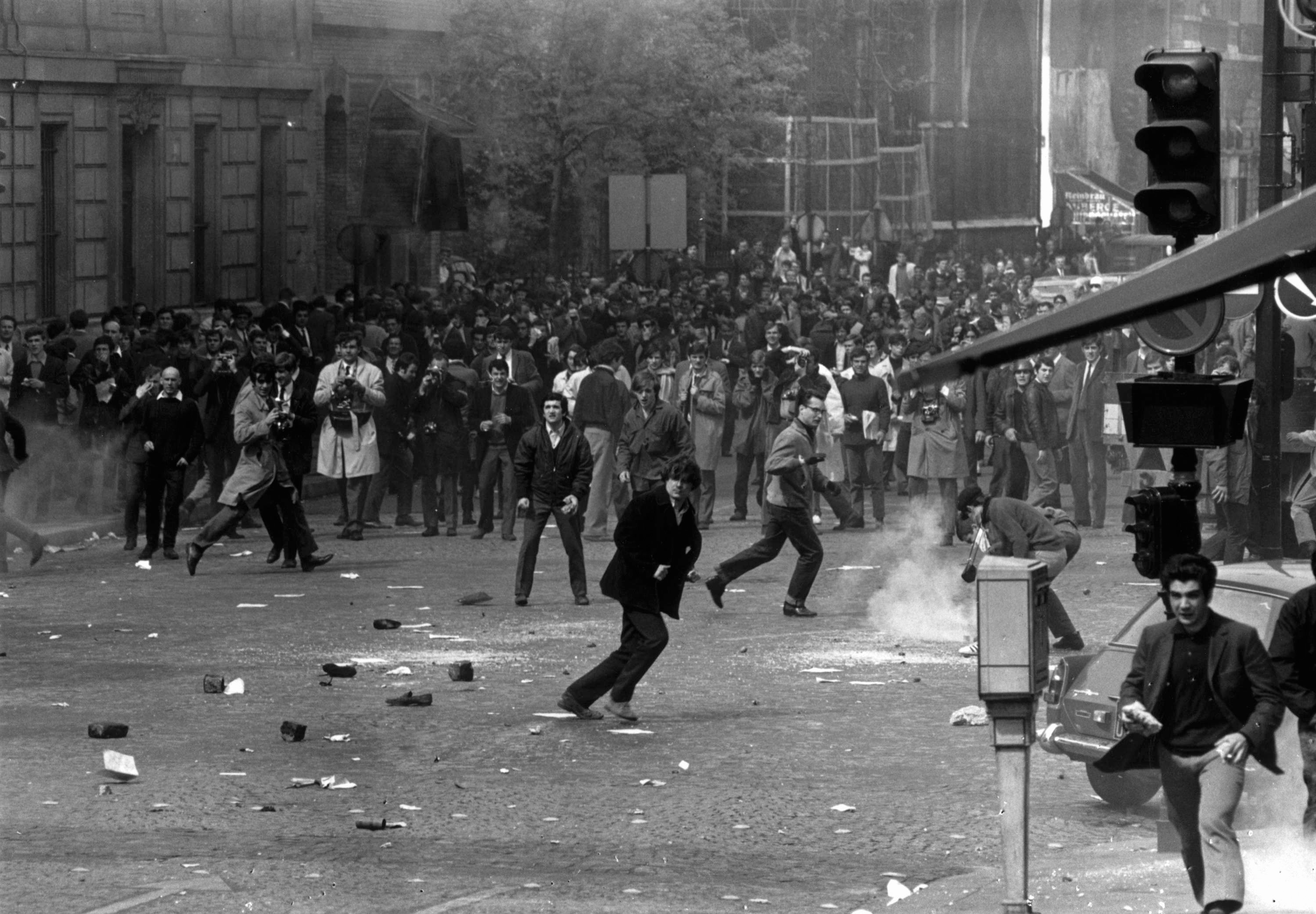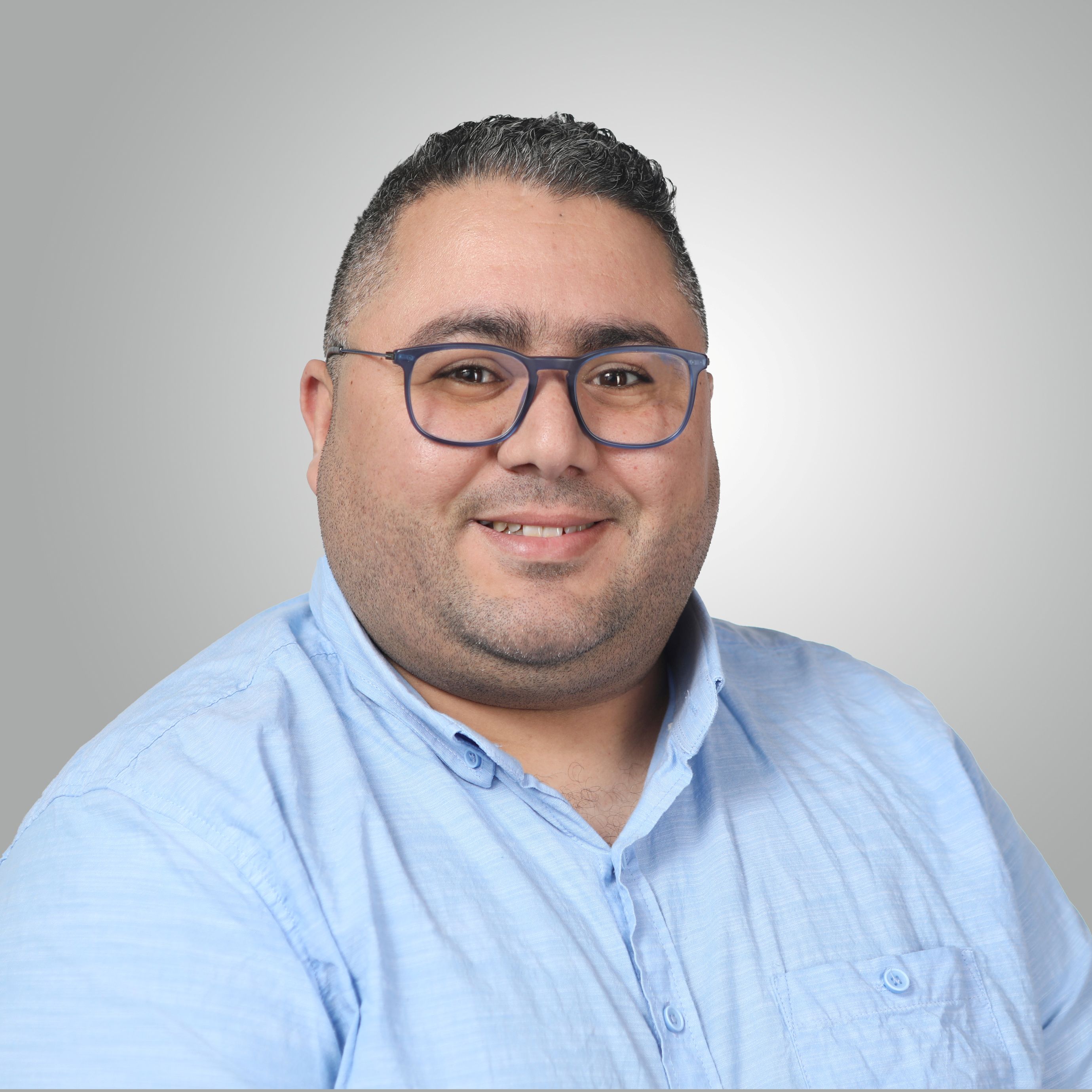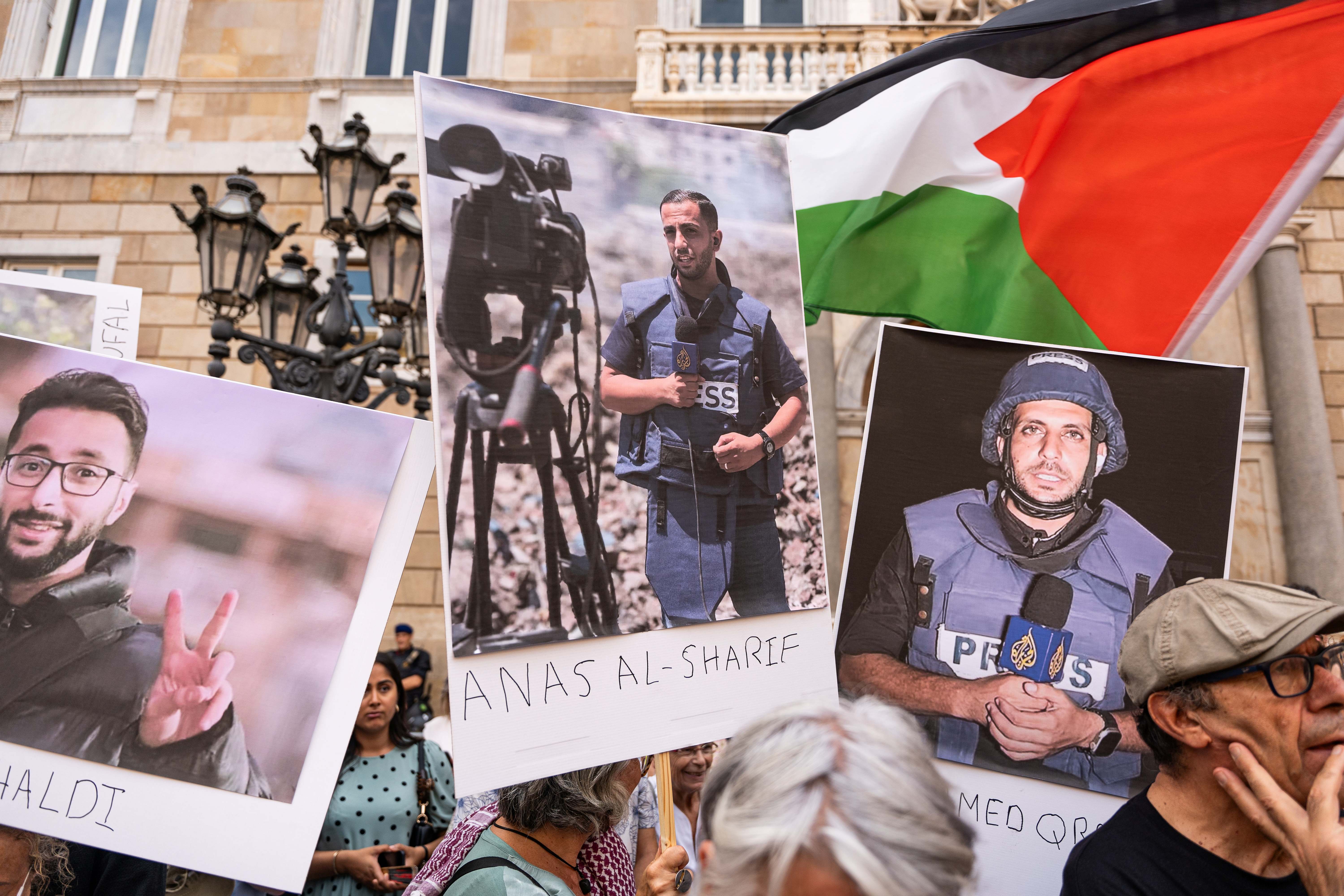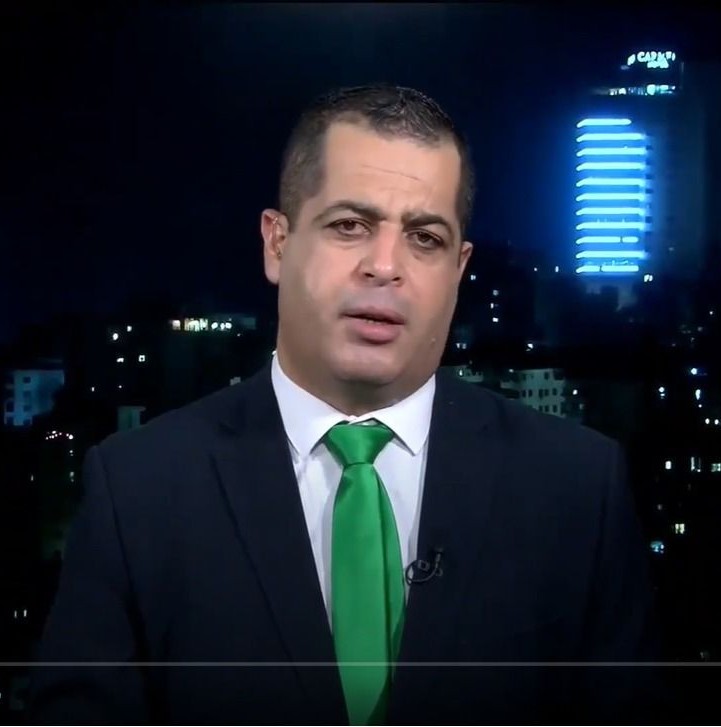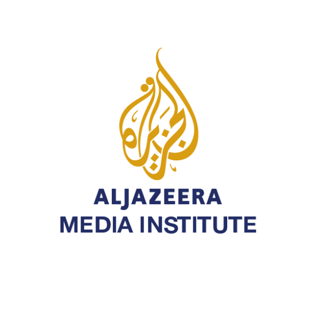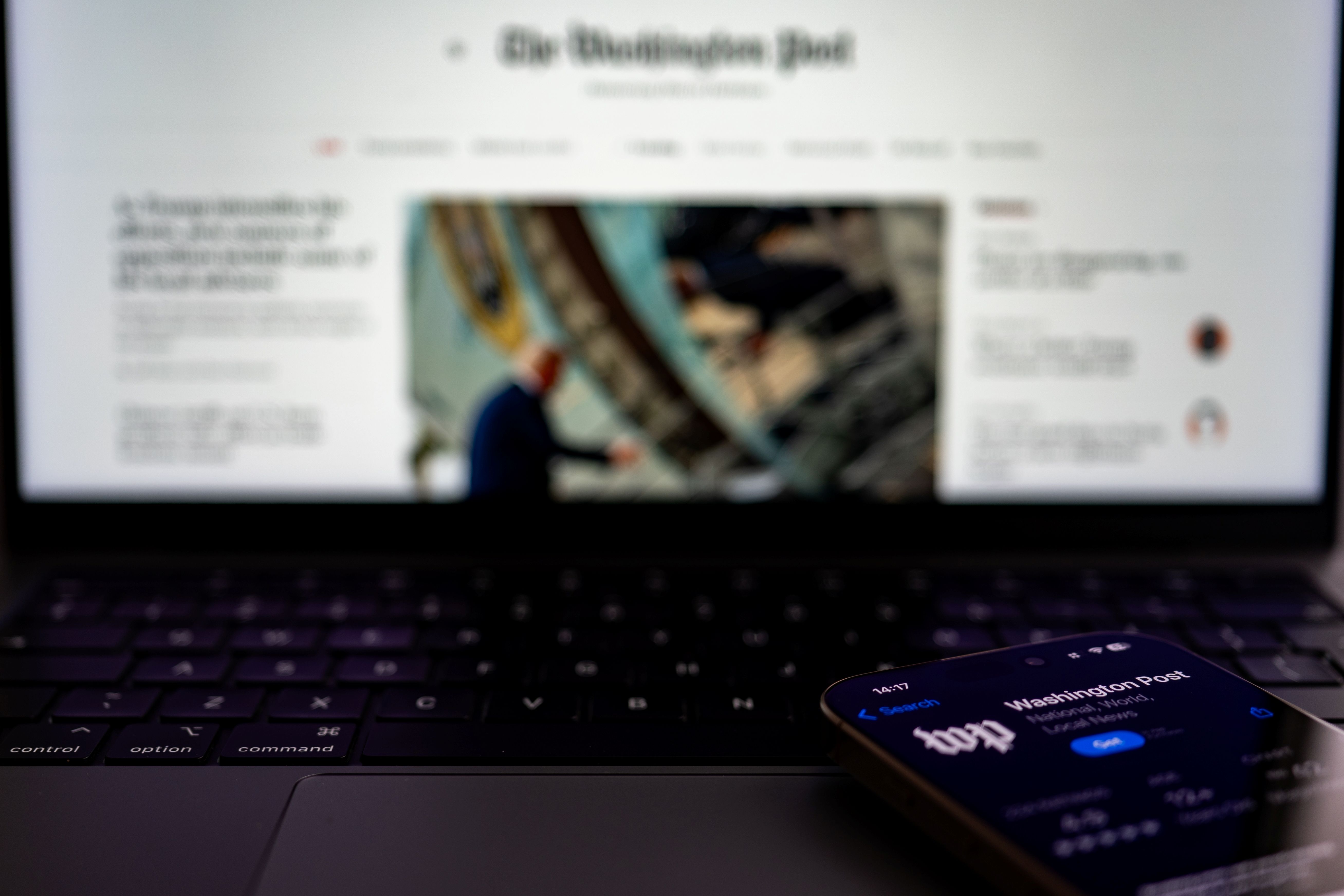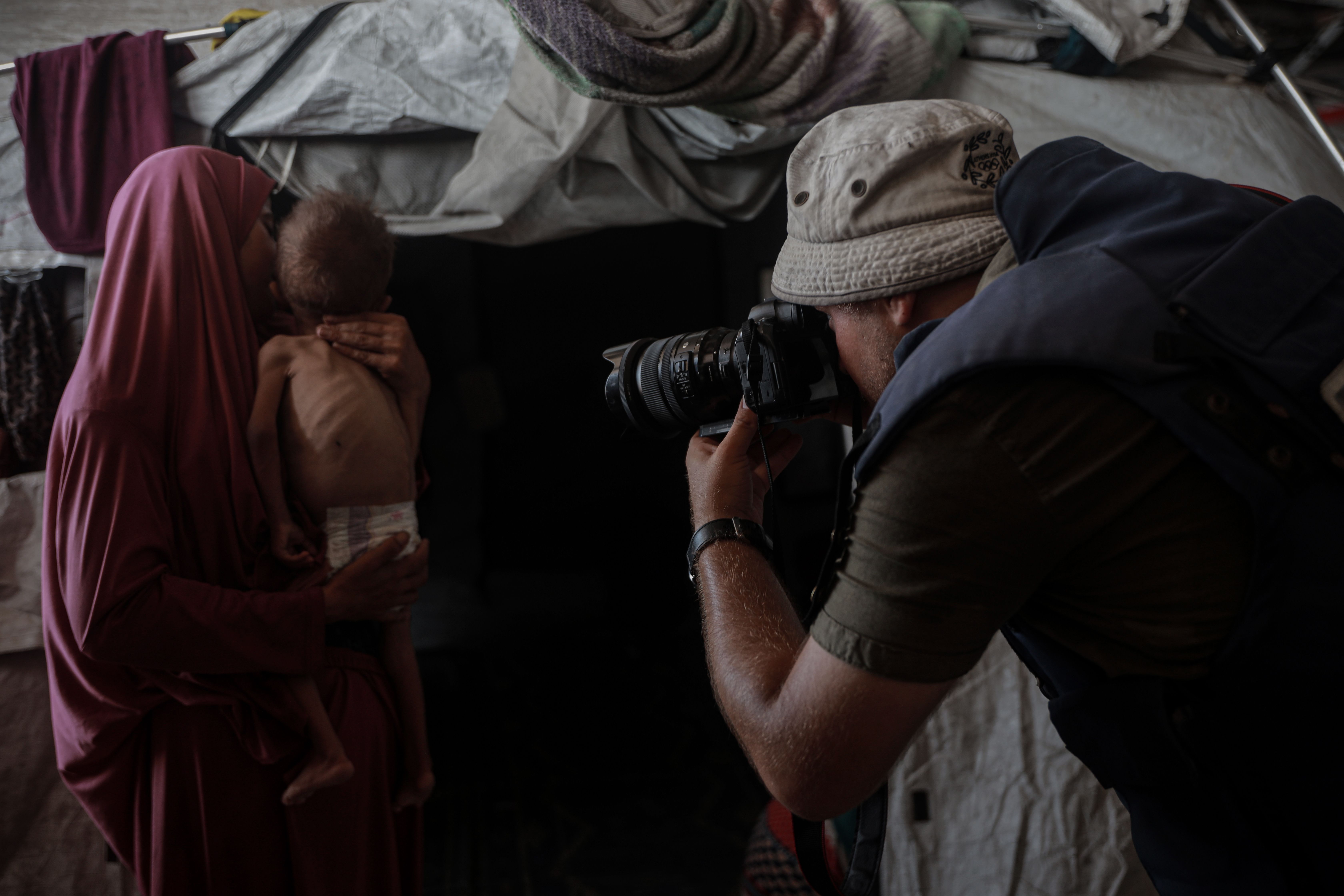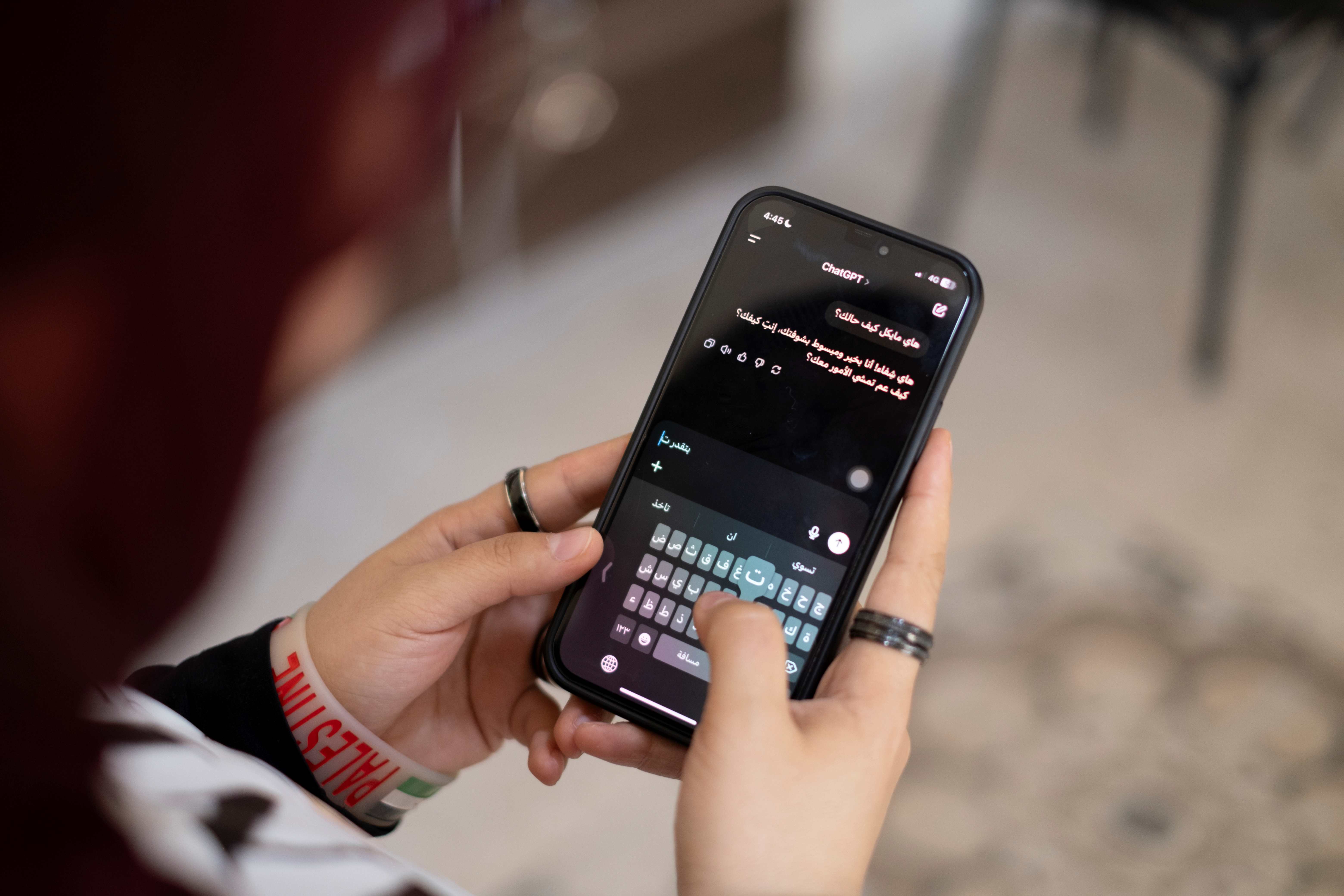"كثيرون هم الأشخاص الذين لم يدرسوا الإعلام فحالفهم الحظ أكثر ممن درسوه"، بهذه العبارة لخّصت مريان روبير حنا حنظل من رام الله معاناتها جراء قلة الشواغر الوظيفية المرتبطة بتخصصها، فقد تخرجت من حقل الصحافة المكتوبة في العام 2016، وتقدّمت بطلبات توظيف للكثير من المؤسسات الإعلامية، غير أنها لم تحظ بفرصة عمل في مجالها، الأمر الذي اضطرها لقبول وظيفة مؤقتة في مركزٍ تابعٍ لإحدى الوزارات الحكومية، ومع ذلك، فهي الآن ومنذ أكثر من سنة ونصف عاطلة عن العمل!
يبقى حال مريان أفضل من نماذج أخرى استعرضها نقيب الصحفيين الفلسطينيين السابق، والمحاضر في قسم الإعلام في العديد من الجامعات الفلسطينية عبد الناصر النجار، في مقالةٍ نشرتها صحيفة الأيام الفلسطينية أيار-مايو الماضي، قائلاً: "خلال دخولي أحد مراكز التسوق في رام الله، التقيت أحد طلابي الخريجين والذي يعمل بائعًا، لأنه لم يجد فرصة عمل في مجال الإعلام أو في مجال آخر قريب حتى من تخصصه، مع أنه تخرّج قبل خمس سنوات"، مضيفاً أنها "لم تكن تلك المرة الأولى التي ألتقي فيها بالمتخرّجين من كليات الصحافة الذين يعملون في غير مجالهم، فسبق أن رأيت من يعمل في الفرن، ومحطة الوقود والمصرف".
وفي مقاله "خريجو الإعلام مباشرة إلى سوق البطالة"، يذكر النجار أن 45% من المتخرّجين من كليات الإعلام يعملون في مجالات خدماتية لا تحتاج إلى مؤهل علمي، وأن عدد طلبة الإعلام في جميع الجامعات والكليات قد بلغ 11900 طالب وطالبة بمعدل 700 طالب وطالبة في كل كلية، وأن العدد في بعض الجامعات يفوق الألف! أي أن هناك جيشاً كاملاً من الخريجين خلال السنوات الأربعة المقبل، متسائلاً عن مصير هؤلاء الطلاب، وعن التخطيط الاستراتيجي للتعليم العالي، وعن ضرورة التقنين في هذا التخصص والحد من الهدر المالي الذي يجري إنفاقه على طلبة هذا التخصص بلا جدوى أو منفعة اقتصادية.
استعرضت مجلة الصحافة البيانات الرسمية الصادرة حديثاً عن الجهاز المركزي للإحصاء الفلسطيني لعام 2019 (مسح القوى العاملة الفلسطينية: التقرير السنوي 2018)، والمتعلقة بمجالات الدراسة وسوق العمل في فلسطين والبطالة في صفوف الطلبة الخريجين، حيث بيّنت الإحصاءات أن تخصص الصحافة والإعلام قد سجل نسبة 50.1 % وهي أعلى معدلات البطالة في عام 2018 مقارنة بالتخصصات الأخرى، وأن نسبة البطالة في فلسطين عام 2018 قد بلغت 30.8 % من مجموع نسبة المشاركين في القوى العاملة، 17.6 % منها في الضفة الغربية.
كما أشارت بيانات وزارة التعليم العالي والبحث العلمي إلى أن عدد المعاهد والمراكز الإعلامية التابعة لمؤسسات التعليم العالي في فلسطين قد بلغ 38 معهداً ومركزاً منها 17 في الضفة الغربية. غير أن هذا العدد يتجاوز المطلوب وذلك بحسب أستاذ العلوم السياسية والصحافة محمود الفطافطة، لأن السوق ضيق وعدد خريجي الإعلام كبير، مضيفاً أن الإشكالية تتوزع بين إدارة الجامعات التي تركز على الجانب المالي لدرجة تحول جامعات إلى بنوك أكاديمية، ونظرة العائلات إلى الإعلام على أنه مهنة يتم التوظيف فيها سريعا، وأيضاً وزارة التربية والتعليم العالي التي سمحت بهذا العدد من البرامج والتخصصات الإعلامية دون التثبت من حاجة السوق على أرض الواقع".
لكن الخبير الإعلامي وليد بطراوي رأى أن المشكلة ليست مرتبطة بعدد المعاهد والمراكز الإعلامية بقدر ما هي مرتبطة بالمضمون الذي يتم تدريسه ومدى مواكبته للعصر وللعمل الإعلامي وما يحتاجه السوق من كفاءات، ويقول: "ما يهم هو ما تقدمه هذه الكليات والمراكز من نوعية تعليم وتأهيل للطلبة، حيث أن معظمها لا يقدم المستوى المطلوب، فالأداء في الغالب ضعيف إلا في تلك المعاهد التي توفر فرص التدريب والتأهيل وتعتمد مناهج حديثة وعصرية، بالتالي فإن ضعف المناهج، وعدم توفر الفرص للتأهيل والتدريب، والعدد الكبير للطلبة الملتحقين بدراسة الإعلام ينعكس على مخرجات التعليم، خاصة وأنه وفي الكثير من الأحيان هناك اعتماد كبير على مدرسين غير ممارسين للمهنة، والذين تنقصهم الخبرة العملية".
يتفق الفطافطة مع بطراوي، مشيراً إلى أن "نسبة كبيرة من المدرسين في دوائر وأقسام الإعلام في الجامعات والكليات والمعاهد الفلسطينية يتحصّلون على معارف نظرية أكثر مما هي تطبيقية أو عملية، في حين أن المطلوب من الهيئة التدريسية أن تكون أمينة ومؤهلة وأن تركّز على الجانبين النظري والعملي، فما ألمسه من نتائج ذلك أن نسبة ليست بالقليلة من الخريجين تنقصهم الخبرة والكفاءة المطلوبة، فالصحافة مهنة تحتاج للكثير من المهارات والخصال التي يفقدها كثير من خريجينا بكل أسف".
لكن الوكيل المساعد لشؤون التعليم العالي والبحث العلمي الدكتور إيهاب القُبّج يخالفهم في الرأي، مؤكداً أن الكادر البشري في المعاهد والمراكز الإعلامية والكليات التابعة لمؤسسات التعليم العالي الفلسطيني، مؤهل أكاديميا، لأنهم عادة ما يكونون ضمن برامج تطويرية ويستفيدون من الموارد البيئية والتعليمية والتطبيقية، ومعظمهم مرتبطين بالميدان، مضيفاً "مع ذلك، فقد أجرينا مع بداية العام الجاري دراسة لواقع البحث العلمي في الجامعات الفلسطينية، للوقوف على مواطن القوة والضعف فيها، وتم إبلاغ تلك الجامعات بالنتائج لتعمل على تعزيز نقاط القوة، أو على تحسين نقاط الضعف لرفع مستوى الجودة، الأمر الذي سيؤدي إلى تطوير البرامج الاكاديمية وتحسينها".
وحول كثرة المعاهد والمراكز الإعلامية، وارتباط أعداد الخريجين بمؤشرات البطالة في حقل الإعلام، يقول الوكيل المساعد لشؤون التعليم العالي والبحث العلمي إن "البطالة في حقل الإعلام حالها كحال معظم البرامج التي تقدمها مؤسسات التعليم العالي الفلسطيني وإن بتفاوت، ففلسطين ما زالت تحت الاحتلال، الأمر الذي يقيض التنمية ويضعفها، وبالتالي ستبقى معدلات البطالة رهينة ذلك الوضع. ومع ذلك فنحن دائمًا وباستمرار ندعو إلى التركيز على التعليم التقني والمهني، حيث قمنا بتوجيه رسالة إلى كل مؤسسات التعليم العالي الفلسطينية، دعونا من خلالها وبشكل أدبي إلى إنشاء كليات تقنية وتطبيقية، وأن يتم التركيز على البرامج التعليمية التعاونية بكل أشكالها بما فيها التعليم التكاملي والثنائي، بمعنى أن الطالب الذي يلتحق بتلك البرامج يتحصل على التدريب العملي الميداني (في سوق العمل) بشكل مكثف خلال فترة دراسته الجامعية بالإضافة إلى التعليم الاكاديمي النظري، بحيث يتخرج الطالب ولديه الكفاءة والخبرة مما يعزز فرص حصوله على عمل مناسب بشكل سريع وفوري، رغم أن السوق الفلسطيني حتى اللحظة ليس سوقا عميقا كفاية لاستيعاب العديد من تلك البرامج".
واستعرض الدكتور القبج أهم الشروط والمعايير لاعتماد معاهد ومراكز إعلامية: "هناك شروط ومعايير واضحة ومحددة تضعها الهيئة الوطنية للاعتماد والجودة والنوعية في مؤسسات التعليم العالي الفلسطينية التابعة للوزارة، من أهمها توفير الكادر المحدد والمرتبط بعدد الطلاب والتخصص، والبنية التحتية من مباني ومرافق ومختبرات مختلفة وساحات وخدمات طلابية وأمن، كما أن فريق الهيئة (وقبل اعتماد أي كلية بغض النظر عن تخصصها) يقوم بمعاينة المرافق من خلال نماذج خاصة، ويتأكد من عقود الكادر الذي ستقوم الكلية بتوفيره".
"لكن هل ينتهي دوركم بالترخيص؟" سألنا الوكيل المساعد فرد قائلا: "أقرت الوزارة خطة استراتيجية لمتابعة ضمان جودة مؤسسات التعليم العالي والبرامج الاكاديمية التي تقدمها تلك المؤسسات، للتأكد من أن هذه الكليات والبرامج المعتمدة تسير وفق معايير معينة ومهنية، بالإضافة إلى المتابعة الحثيثة لمعظم البرامج وخاصة الحديثة منها التي تم اعتمادها مؤخرا وذلك على عدة أصعدة، منها صعيد الكادر البشري الاكاديمي والاداري، فعلى سبيل المثال قد نحتاج في السنة الأولى من طرح البرنامج الى اثنان من حملة الدكتوراه وواحد ماجستير، ولكن في السنة الثانية قد نضطر إلى زيادة العدد. وعلى صعيد المختبرات، فأحيانا لا نحتاج إليها إلا في السنة الثالثة أو الرابعة، وهكذا..."
ويتبع الدكتور القبج: " كما أنه ولأول مرة ترد في قانون التعليم العالي الجديد رقم 6 للعام 2018، مادة تتعلق بالإجراءات التأديبية الخاصة بمخالفات مؤسسات التعليم العالي الفلسطينية، والتي من بينها تجميد البرنامج أو حتى اغلاقه. وبالفعل، تم ضبط العديد من المخالفات المرتبطة بالجودة، فأحيانا مثلا نكتشف أن عدد الكادر ليس كافيا، لكن علاج مخالفات الجودة هذه تتم عبر التواصل المباشر، إذ نقوم بمراسلة الجامعة أو الكلية، ونمهلها فترة زمنية معينة للإعلان والتعاقد مع الكادر المؤهل، وعادة ما تكون مدة فصل دراسي أو حسب البرنامج والتخصص، وإذا ما قمت بمراجعة الصحف اليومية لشهري آذار وحزيران، ستجد أن بعض الجامعات بدأت بالإعلان عن شواغر للحصول على الكادر البشري بشكل أكثر من السنوات السابقة، كما أننا وفي موضوع تصويب برامج التعليم العالي، قمنا بإغلاق العديد من البرامج التي تقدمها مؤسسات التعليم العالي الفلسطينية في قطاع غزة، فقد تم إغلاق برامج في جامعات حكومية ايضا، وكان ذلك ضمن خطة لتصويب أوضاع المؤسسات والبرامج في قطاع غزة، وعلى الرغم أننا منحنا الجامعات الاستقلال المالي والاداري، ولكن علينا أن نضمن جودة اعتماد تلك البرامج، وبالتالي ستكون هناك دراسة مستفيضة، وقد يكون هناك دمج لكليات أو لبرامج معينة، أما موضوع الإغلاق أو التجميد أو التطوير في الضفة فستكون مطروحة على طاولة مجلس التعليم العالي الذي سيتشكل قريبا، وكل ذلك سيتم بالتعاون والتنسيق الكاملين ما بين الوزارة ومؤسسات التعليم العالي الفلسطينية، إذ نؤكد دائما على أن علاقاتنا بمؤسسات التعليم العالي علاقة تكاملية تقوم على الاحترام المتبادل والتواصل المستمر، وهي مؤسسات وطنية بامتياز، نقدر عملها ومخرجاتها".
وأمام الواقع المُر للخريجين في حقل الإعلام، يختم عبد الناصر النجار نقيب الصحفيين الفلسطينيين مقاله بالمطالبة بالتدخل العاجل لوقف الهدر المالي والحد من الأمراض النفسية التي يعاني منها العاطلون، وسحب التراخيص من معظم هذه الكليات أو دمجها مع قبول عدد محدود وبشروط للطلبة الجدد، وأنه يجب ألا يزيد عدد الطلبة المقبولين في كل عام عن ثلاثة أضعاف حاجة السوق، وأن تتم عملية القبول بعد دراسة حقيقية لحاجة السوق.
وقد رد الدكتور ايهاب القبج الوكيل المساعد لشؤون التعليم العالي والبحث العلمي بأن أعلن أن وزارة التعليم العالي والبحث العلمي ستوجه قريبا جدا الدعوة لجميع الأطراف وجهات الاختصاص بما فيها نقابة الصحفيين الفلسطينيين وكافة ممثلي وسائل الإعلام ومؤسسات التعليم العالي الفلسطيني وعمداء كليات الإعلام لحضور ورشة عمل للوقوف على هذه المشكلة، بهدف الخروج بسياسات مستقبلية، معللًا ذلك: "أي قرار يتعلق بإغلاق أو دمج أو رفع معدلات القبول سيكون قرار مشترك بين جميع الأطراف وجهات الاختصاص، ولن يتخذه طرف واحد، ولنحرص على أن لا يكون بالإكراه إذا كان البرنامج غير مخالف للشروط والمعايير الموضوعة، وحتى نعمل سويا على دراسة احتياجات السوق الفلسطيني، وتعمل الكليات والمؤسسات المختلفة على موائمة مخرجاتها مع متطلبات السوق".
